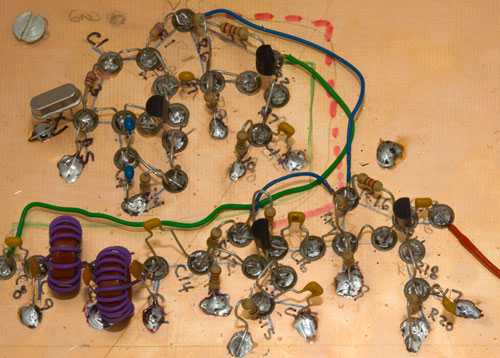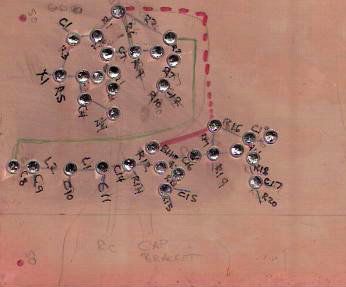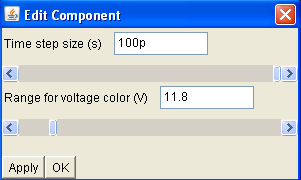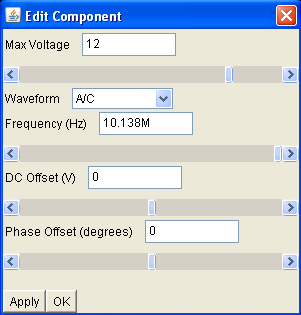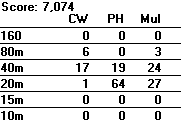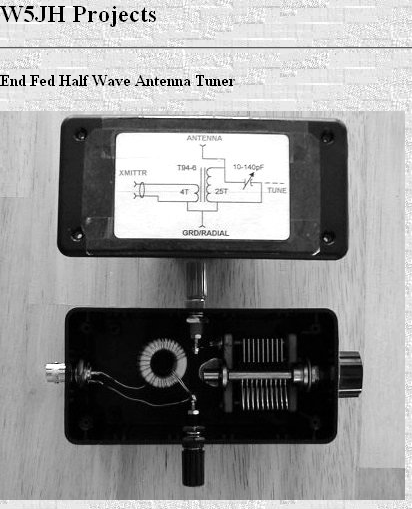Mid Winter Madness (St Cloud Hamfest)
Ben (KD0JZK) and I (NG0R) went to the hamfest this morning.

I think that we got the steal of the show. We bought a bunch of bags of small &
medium sized variable capacitors. These will make excellent tuners for some
of the simple rigs that I am building. In many cases I just need the VXO is just needed
to get the rig dialed into the proper sub band near the crystal frequency. --
All of the parts in the picture came to a grand total of $4.00.
I also bought a log book for Jacob and one for Ben. I have using a spreadsheet printed
out to paper so far for them until we picked up the log books. At some point maybe
we will think about computer logging... but that is a LONG ways off for them.
:-)
I also picked up Experimental Methods in RF Design. It is the informal follow-up/successor
for the 1977 Solid State Design for the Radio Amateur. It has been on my hit
list for a couple of years but I have been unable to part with the money. Being able
to see them and compare them convinced me that it was worth the investment.
73 de NG0R



I think that we got the steal of the show. We bought a bunch of bags of small &
medium sized variable capacitors. These will make excellent tuners for some
of the simple rigs that I am building. In many cases I just need the VXO is just needed
to get the rig dialed into the proper sub band near the crystal frequency. --
All of the parts in the picture came to a grand total of $4.00.
I also bought a log book for Jacob and one for Ben. I have using a spreadsheet printed
out to paper so far for them until we picked up the log books. At some point maybe
we will think about computer logging... but that is a LONG ways off for them.
:-)
I also picked up Experimental Methods in RF Design. It is the informal follow-up/successor
for the 1977 Solid State Design for the Radio Amateur. It has been on my hit
list for a couple of years but I have been unable to part with the money. Being able
to see them and compare them convinced me that it was worth the investment.
73 de NG0R

